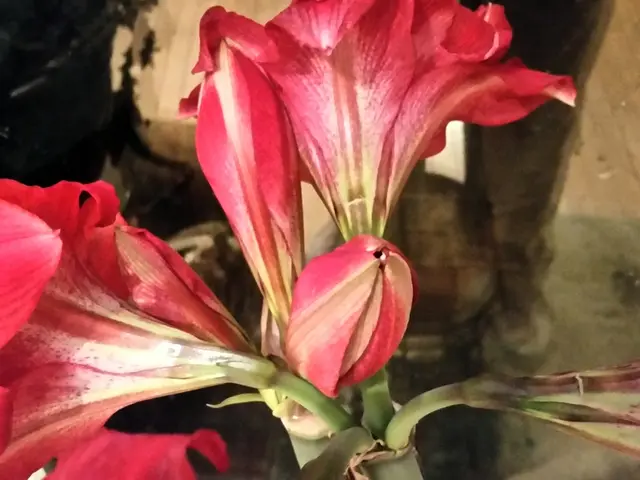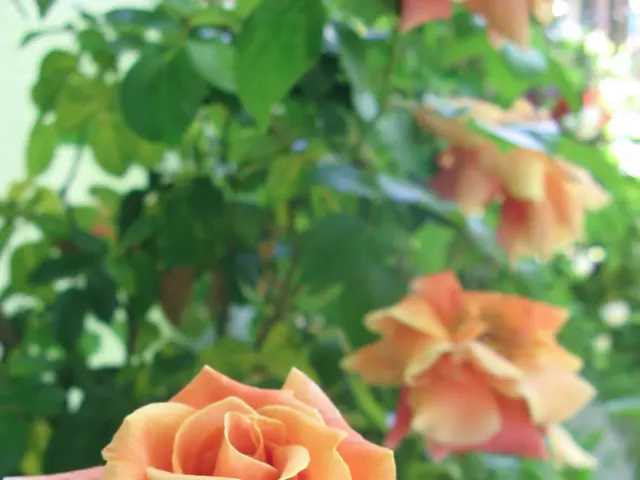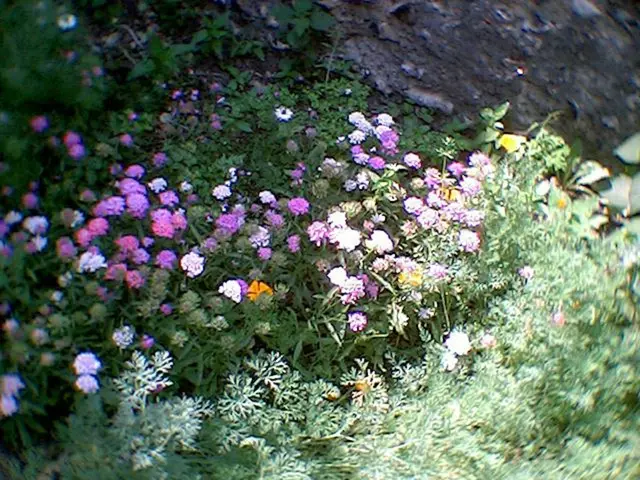Reviving a Toppled Bonsai: Dealing with Aftermath and Restoration of Damage
Bonsai enthusiasts often face the challenge of reviving a fallen bonsai tree. This process requires patience, care, and a keen eye for detail. By following these steps, you can significantly increase the chances of successfully reviving a fallen bonsai.
1. **Assess Damage** Start by assessing the damage to your fallen bonsai. Gently scratch the bark of the branches to check for green tissue beneath. If green is present, the branch is still alive and potentially salvageable. Inspect the entire tree for broken branches, signs of rot, or dead parts.
2. **Rehydrate the Tree** Water the bonsai thoroughly but carefully, providing about half a cup of water per week for some bonsai types, avoiding overwatering. For severely dried bonsai, such as dried juniper, misting or spraying with appropriate products may help rehydrate the foliage temporarily.
3. **Stabilize the Tree** If the bonsai has fallen and has broken branches, support or carefully prune damaged parts to prevent further stress. Use bonsai-specific pruning techniques to remove dead or unsalvageable branches cleanly, promoting healthy regrowth.
4. **Repotting** If the root system is exposed or the soil is compacted, repot the bonsai into fresh soil suited for its species, ensuring good drainage. Trim damaged or rotten roots during repotting to encourage new root growth.
5. **Provide Ideal Care Conditions** Place the bonsai in a bright, warm room but avoid direct sunlight, which can stress a weakened tree. Maintain consistent watering and humidity levels appropriate for the bonsai species. Avoid fertilizing until the bonsai shows signs of recovery to prevent overloading stressed roots.
By carefully following these steps—starting with a damage assessment, gentle rehydration, stabilization, repotting if needed, and maintaining optimal care conditions—you can significantly improve the chances of reviving a fallen bonsai tree.
Remember to monitor the bonsai's recovery progress, tracking subtle changes in its appearance, behaviour, and overall health, verifying its responses to the new environment, soil, and care. With meticulous care and attention, the fallen bonsai is revitalized, its roots rejuvenated, and its branches rebalanced. Happy reviving!
Boost your home-and-garden lifestyle by nurturing a fallen bonsai tree back to life. This revitalization process involves assessing damage, rehydrating the tree, stabilizing broken branches, repotting if necessary, and providing the ideal care conditions. By adopting a careful, methodical approach, you can successfully restore your bonsai's lifestyle to flourishing health.








